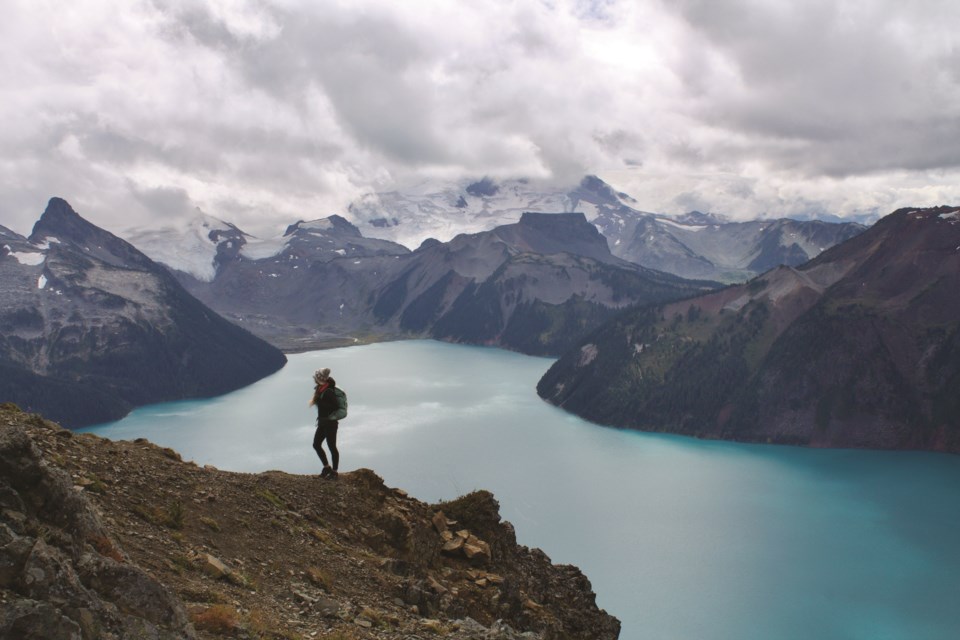From the gas pump to the grocery shelves, inflation is everywhere. As Canada's inflation rate hits a 31-year high, British Columbians everywhere are feeling the squeeze.
But there’s another unlikely place we’re seeing inflation, and as conservation organizations who care about nature, we want the public to know: B.C.’s claims on nature protection are inflated.
The B.C. government says that 19.5 per cent of the province is protected. We agree that 15.5 per cent of B.C. is legitimately conserved through robust designations such as provincial parks and conservancies. However, the B.C. government also counts another four per cent of the province as protected through "other conserved areas."
These other conserved areas are not strictly focused on conservation, but rather, they may protect nature as a handy coincidence. Examples include military bases or sacred areas that protect biodiversity, even though they aren’t conventional parks or protected areas.
In Canada and abroad, there are standards for these other conserved areas. For example, they must have clear boundaries and their protection must be long-term and difficult to reverse. Very few of B.C.’s claimed other conserved areas meet these standards.
Compared to what we’re seeing on our grocery bills, does four per cent really matter? It turns out that for a landmass as big as British Columbia, four per cent is pretty substantial. In fact, it's about the size of Vancouver Island and Haida Gwaii combined.
Canada has made a commitment to protect 30 per cent of its lands and water by 2030, alongside 90 other countries. When it comes to the provinces doing their part to meet this international pledge, B.C. should lead the way—not lag behind.
Consider the 1.5 million hectares of Old Growth Management Areas in B.C. that our government claims are “conserved.” Although these areas nominally are intended for the conservation of biodiversity, they are fraught with vagaries. The borders of these areas can be shifted over time, exposing previously “protected” land to forestry operations; and even within their borders, industrial activity is still allowed. Plus, the orders establishing Old Growth Management Areas can easily be reversed and are not intended to be permanent. Is an area that’s not safe from logging, oil and gas development and road-building truly protected?
The Sea to Sky Wildland Zones include areas of high wildlife habitat and First Nations cultural value in the southwest corner of the province. The B.C. government counts these as part of their aspirational four per cent. However, mining and oil and gas activities are not off-limits within them. Does that sound to you like an area that is protected?
Our lives rely on a healthy planet and the fresh air, clean water, and rich soil it provides. Our economy, our food production, and our health depend on nature too. Inflation aside, if our province can’t support healthy biodiversity, it can’t support us.
Unlike the complicated web of factors that have led to escalating inflation, this type of “conservation inflation” is easily solved.
According to a recent survey, 85 per cent of the public agrees that at least a quarter of the province should be protected. We need to start with an honest accounting of B.C.’s protected areas, so that we can strengthen protection across the province. As B.C. works towards the creation of a Nature Agreement with the federal government, this is the perfect time to get it right.
We know we’re seeing inflation at the pump, but there’s one place we shouldn’t be seeing it: in B.C.’s record on nature protection.




